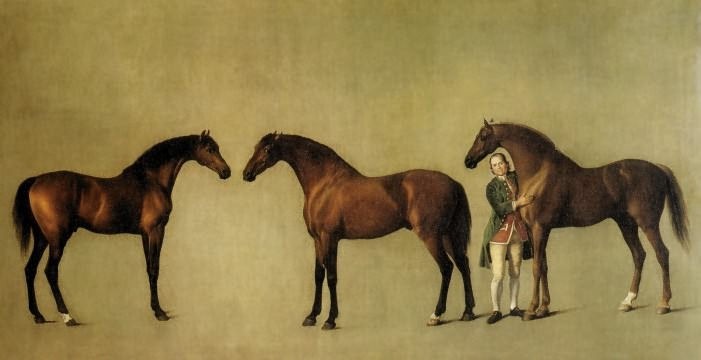Horsemanship Level 3: Signs of Good Health
Item 9 on the Horsemanship Level 3 checklist is:
9. Signs of good health, TPR, maintenance of health, signs of colic.
This is a fairly large topic, so I'm breaking it into two posts. Today, we'll look at signs of health. There are many, but you'll only have to give three or four in your level 3 test.
- Horse is alert and behaving normally. This presumes a knowledge of what is 'normal' for your horse, so make a study of both general horse behaviour and your horse's in particular.
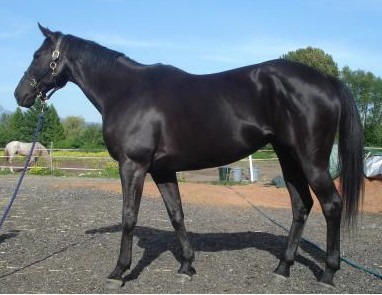
- Coat is sleek and lying flat. An unshed coat in summer may indicate parasites or metabolic disease; a dull, brittle coat is a general sign of poor health or nutritional deficiency.
- Skin is loose, supple and elastic. It should move easily over the bones and muscles underneath. Skin that doesn't spring back to shape after being pinched is a sign of dehydration.
- No visible sweating when at rest except in very hot weather. Sweating can be a sign of pain or fever and often accompanies colic and viral or bacterial infection.
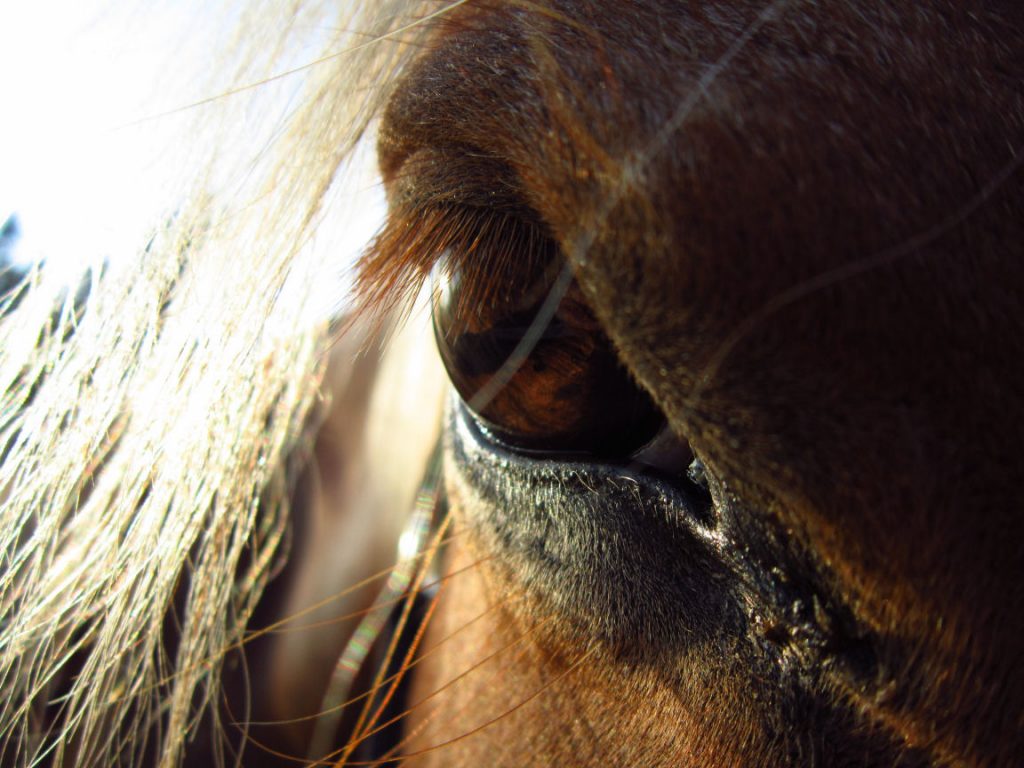
- Eyes bright and wide open. The membranes under the eyelids should be moist and salmon pink.
- Healthy mucous membranes. Like the eyelids, the inside of the nose and the horse's gums should be pink. Dark, red, bluish, or yellow mucous membranes are signs of different ailments. When you press on the gums the white mark left by your thumb should return to normal in one or two seconds (capillary refill time).

- Eating well and chewing normally. Loss of appetite can be a sign of pain, colic, or other ailments, and is always a cause for concern. Inability to chew food (ie 'quidding' or dropping chunks) can be a sign of teeth in need of dentistry.
- Normal gut sounds. A lack of gut sounds is more troublesome than too many. Listen to your horse's gut periodically with a stethoscope (or just by putting your ear against his flank) so you know what normal sounds like.
- In good weight. Body is filled out, not bony in appearance, but not overly fat either.
- Feet and legs cool to the touch and free of swelling. Heat in more than one leg can be a sign of laminitis (inflammation in the hoof) and requires immediate attention. Heat or swelling in a single limb is often an injury, but could be lymphangitis, cellulitis, or sepsis if accompanied by fever, loss of appetite and other signs of illness.
- Standing and moving normally. Resting a hind leg is normal, but not a foreleg. Leaning back in a 'sawhorse stance' is often a sign of laminitis. Avoiding putting weight a foot can indicate a hoof abscess or other severe pain.
- Urine is colourless or pale yellow, fairly thick, and passed several times a day. Mares in heat may urinate more often, but in small amounts. Lack of urination, dark colour, or overly frequent urination can all be signs of dietary or kidney trouble.
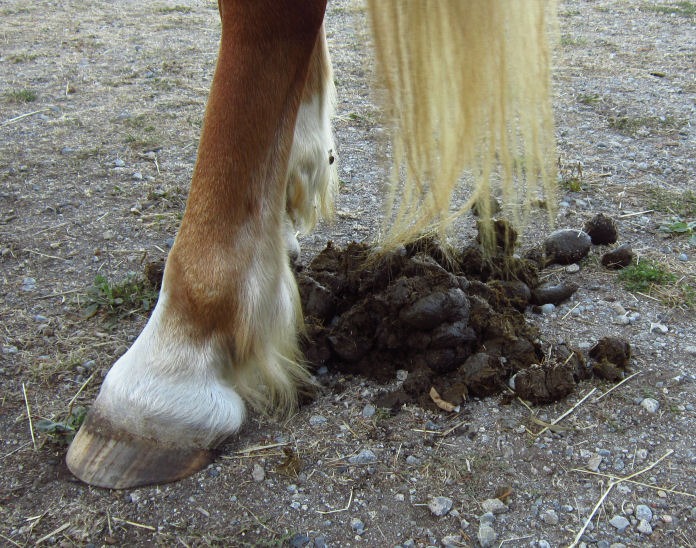
- Droppings are damp balls which vary in colour according to diet. They should be moist but not sloppy like a cow's.
- Respiration. A horse at rest takes around 8 to 20 breaths per minute. Measure your horse's respiration when he's healthy so you know what's normal for him.
- Temperature. 37.5° - 38.5° C (99.5° - 101.3°F). A horse's temperature is taken rectally. Make sure to tape a string to the thermometer and tie the other end to a clip. You can clip this to the horse's tail to avoid losing the thermometer. Use a dab of petroleum jelly on the thermometer. As devices vary in accuracy, take your horse's temperature several times when he is healthy so you know the baseline according to your device.
- Pulse. At rest, 30 - 45 bpm. The horse's pulse can be measured under the jawbone where the facial artery crosses it. Use your fingers (not your thumb) and count the beats for a 15 second period, then multiply by four. A stethoscope used behind the elbow is the easiest and most accurate way of checking heart rate. A stronger than normal pulse in the pastern can indicate foot pain, such as laminitis or an abscess. As with respiration and temperature, check your horse's heart rate when healthy to establish a baseline.
While this may seem like a lot of information to remember, it is actually not that hard to detect when a horse is simply 'not right'. Looking at these signs will allow you to determine whether to call the vet, and when you do you will be able to to give her valuable clues about your horse even before she arrives. Make a habit of checking your horse for a few of these signs every time you groom, and you will soon have a very good picture of what is and isn't normal for your horse.
Next week: maintaining good health
Upcoming Classes
There are only two Cavaliere classes left before we take a break for winter. However, private classes will continue. Private classes are $60, or a flex pack credit. To book contact: jennifer(at)academieduello.com.
Cavaliere Classes
Sundays, 9, 23 & 30 November; 14 December, 1:00 – 4:30pm
Cost: $60 or one flex-pack credit per class
Lease Special
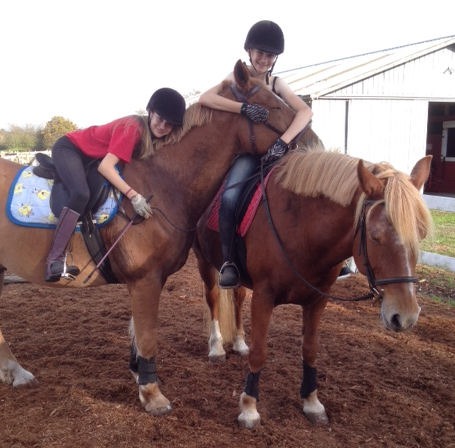 Need more practice time in the saddle? We have a winter special for Academie Duello students only during the months of November, December and January. Lease one of our school horses for one day per week for a cost of only $115 per month (saving $20 per month over regular rates), or $300 for the whole three month period — a savings of $105!
Need more practice time in the saddle? We have a winter special for Academie Duello students only during the months of November, December and January. Lease one of our school horses for one day per week for a cost of only $115 per month (saving $20 per month over regular rates), or $300 for the whole three month period — a savings of $105!
Leases include one free lesson per month, and additional lessons can be booked for $35 each. You must have Riding and Horsemanship level 1 or the equivalent to qualify for a lease. Flex-pack credits may be applied to the lease. Contact Jen at jennifer(at)academieduello.com for more information.
